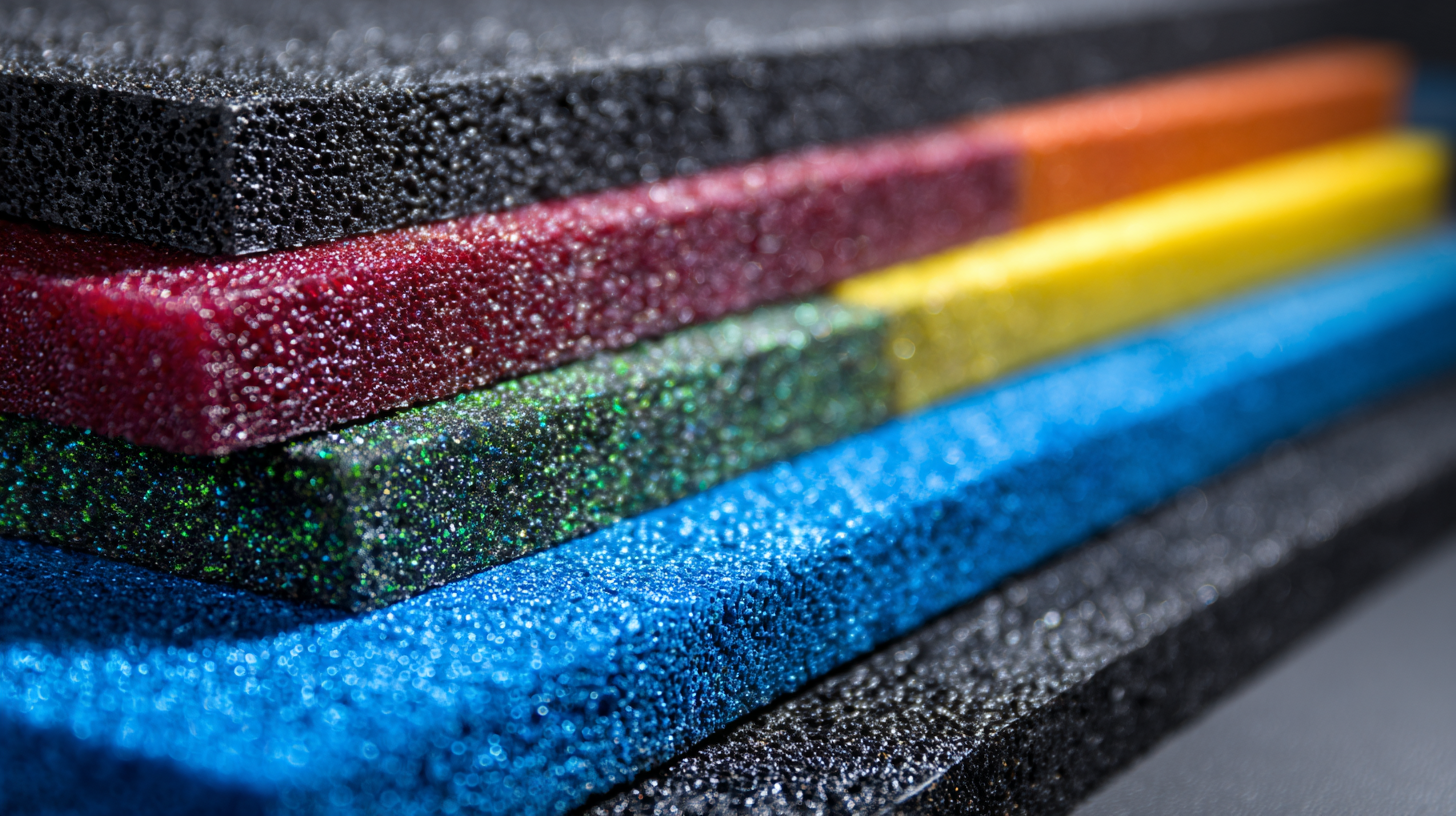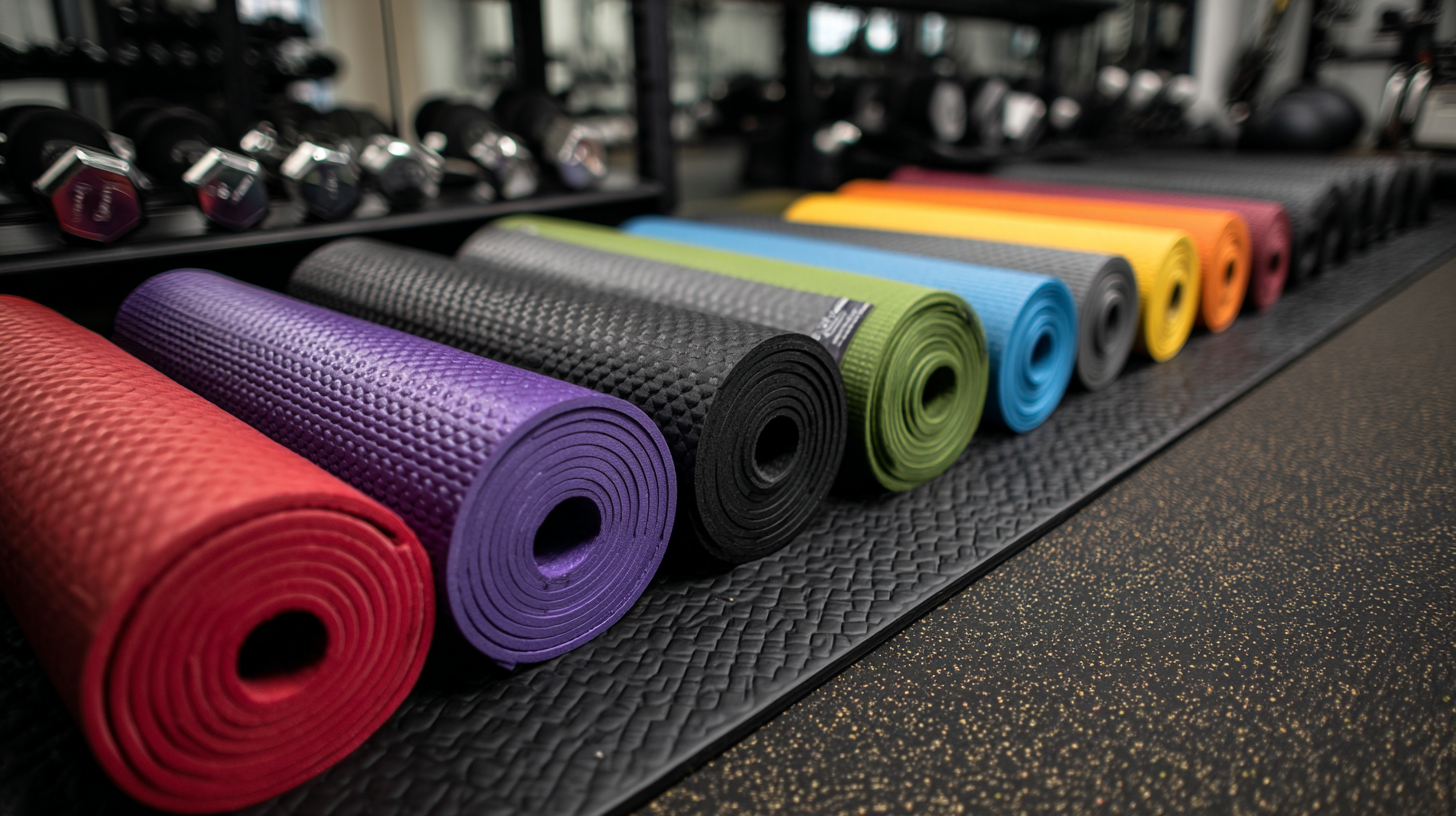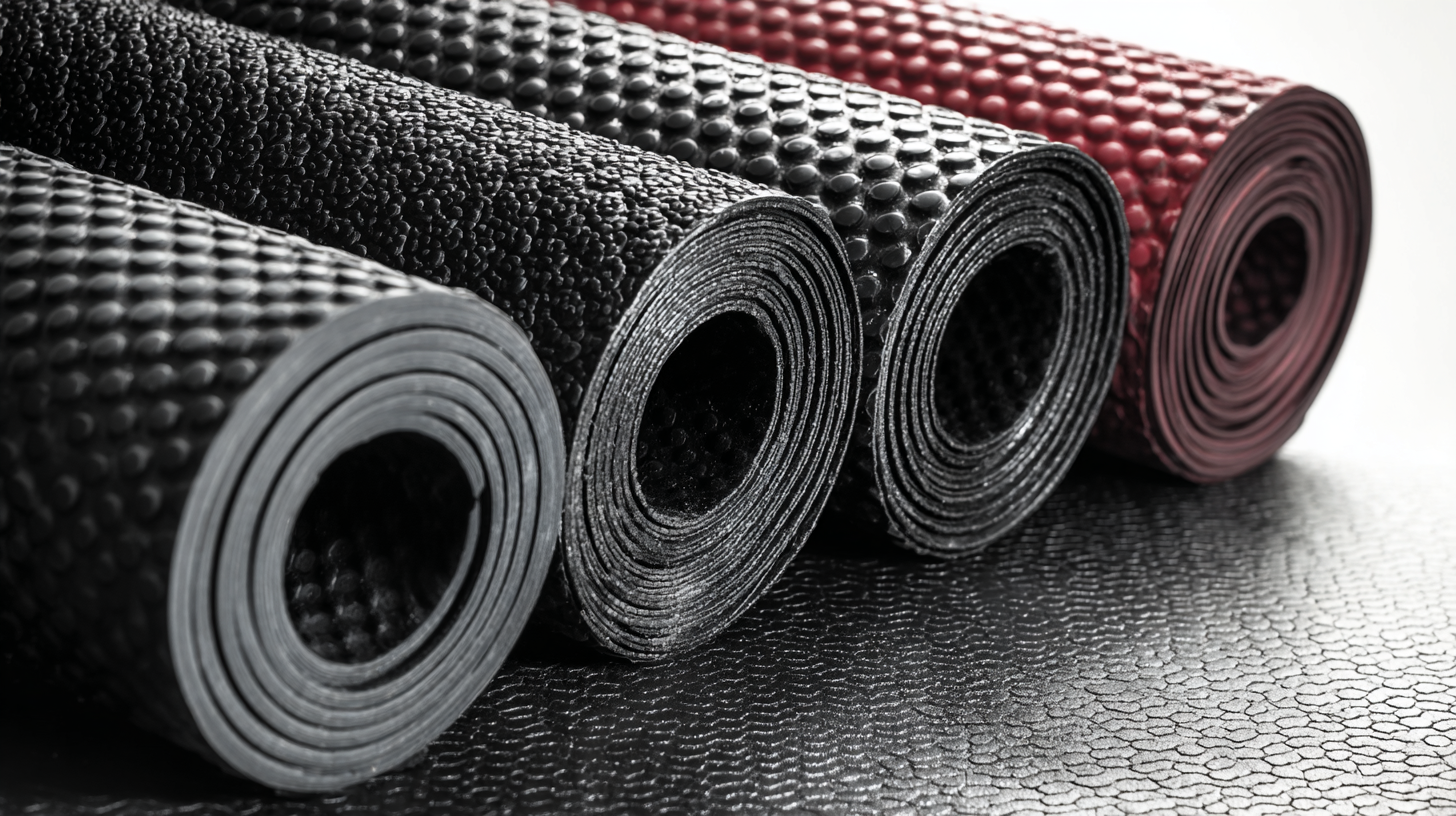The Ultimate Guide to Choosing the Best Rubber Mats for Every Application
In today's diverse array of applications, choosing the right rubber mats can significantly enhance safety, comfort, and efficiency. According to a recent report by the Rubber Manufacturers Association, the global rubber mat market is projected to reach $2.5 billion by 2025, driven by the increasing demand across various sectors, including industrial, commercial, and residential spaces. With a myriad of options available, selecting the best rubber mats tailored for specific environments can be overwhelming. This guide aims to simplify the decision-making process by providing in-depth insights into different types of rubber mats, their unique benefits, and essential factors to consider for every application. Whether you're looking to improve traction in a gym, reduce noise in a workshop, or enhance aesthetics in a retail space, understanding the nuances of rubber mats is crucial for making informed choices that maximize both performance and longevity.

Key Factors to Consider When Selecting Rubber Mats for Different Settings
When selecting rubber mats for various applications, understanding the specific requirements of each setting is crucial. Key factors to consider include material durability, slip resistance, and ease of maintenance. According to a report by the Rubber Manufacturers Association, mats made from high-quality rubber can last up to 10 years, making them a cost-effective solution for high-traffic areas. In commercial settings, features like antimicrobial properties can also be vital to ensure hygiene, especially in kitchens and healthcare facilities.

Tip: Always choose rubber mats that have a textured surface to enhance grip, reducing the risk of slips and falls. For instance, mats marketed with "anti-slip technology" can improve safety in wet environments by up to 60%, according to industry studies.
Additionally, consider the thickness of the mat; thicker mats provide better cushioning and support. Research shows that mats with a thickness of ¾ inch or more can help reduce fatigue for workers who stand for extended periods, promoting better productivity and comfort. Always assess your specific needs to find the perfect fit for your application.
Types of Rubber Mats and Their Ideal Uses Across Various Industries
When it comes to rubber mats, understanding the variety of types and their applications is crucial for making informed decisions across industries. For instance, anti-fatigue mats, designed to reduce discomfort during prolonged standing, are widely used in manufacturing and retail environments. According to a study by the National Institute for Occupational Safety and Health (NIOSH), such mats can reduce fatigue by up to 40%, significantly enhancing worker productivity and comfort.
In industrial settings, oil-resistant mats are essential for areas prone to spills, such as automotive and manufacturing facilities. The global market for industrial rubber mats is projected to reach USD 2.5 billion by 2027, driven by the growth in construction and renovation activities, as well as the increasing demand for safe, slip-resistant surfaces. Similarly, in gyms and fitness centers, shock-absorbent rubber mats not only provide safety but also protect flooring from heavy equipment, reinforcing the importance of selecting the right type of mat for specific uses. Understanding these distinctions and leveraging industry data can lead to strategic choices that enhance safety, comfort, and productivity in various applications.
Durability and Maintenance: Ensuring Longevity for Your Rubber Mats
When selecting rubber mats, durability and maintenance are critical factors that directly impact their longevity. High-quality rubber mats are engineered to withstand heavy foot traffic, harsh weather conditions, and various chemicals, making them suitable for both indoor and outdoor applications. To ensure that the mats retain their functionality and appearance over time, it's essential to choose products made from premium rubber compounds. These materials often feature enhanced resilience, resistance to fading, and the ability to endure wear and tear.

Proper maintenance also plays a pivotal role in prolonging the lifespan of rubber mats. Regular cleaning is crucial; using mild detergents and warm water can effectively remove dirt and debris without damaging the rubber. For outdoor mats, periodic inspections help catch any signs of deterioration early on, allowing timely repairs or replacements. Applying protectants specifically designed for rubber can further shield the mats from UV rays and harsh environmental elements, ensuring they continue to perform effectively in various settings and applications.
Benefits of Choosing Quality Rubber Mats for Safety and Comfort
When selecting rubber mats, prioritizing quality is essential for enhancing safety and comfort in various environments. High-quality rubber mats provide excellent traction, reducing the risk of slips and falls, particularly in areas prone to moisture such as kitchens, bathrooms, and entryways. Additionally, these mats often feature anti-fatigue properties, making them ideal for settings where individuals stand for extended periods, like in restaurants or factories.
**Tip:** When shopping for rubber mats, look for products that are slip-resistant and have drainage channels. This feature not only improves safety by minimizing water accumulation but also facilitates easier cleaning, maintaining a hygienic environment.
Furthermore, quality rubber mats are designed to endure heavy foot traffic and resist wear and tear over time. This durability can lead to cost savings in the long run as they require less frequent replacement compared to lower-quality options.
**Tip:** Consider the thickness of the mat; thicker mats provide better cushioning and support, which is beneficial for both comfort and noise reduction. Always assess the specific needs of your application to choose the most appropriate mat type, ensuring it aligns with the environment's demands.
How to Properly Install and Care for Your Rubber Mats to Maximize Performance
When it comes to maximizing the performance of rubber mats, proper installation and care are crucial steps that often get overlooked. According to a report by the National Flooring Products Association, nearly 70% of rubber mat failures occur due to improper installation. To ensure longevity and effectiveness, always install mats on a clean, dry surface. This ensures better adhesion and helps prevent slips and trips. Make use of double-sided tape for added stability, especially in high-traffic areas.
Regular maintenance is equally important to prolong the life of rubber mats. A study conducted by the Cleanliness Council found that mats that are cleaned regularly show a 30% reduction in wear and tear over time. To care for your rubber mats, clean them weekly with a mild detergent and avoid harsh chemicals that can degrade the material. Additionally, inspect your mats monthly for any signs of damage, as early detection can save you from costly replacements.
**Tips:**
1. For installations in kitchens or areas with heavy moisture, consider using mats that offer waterproof qualities to enhance durability.
2. Use a soft-bristle broom or vacuum to remove dirt and debris, minimizing abrasion that can wear down the surface of your mats.
